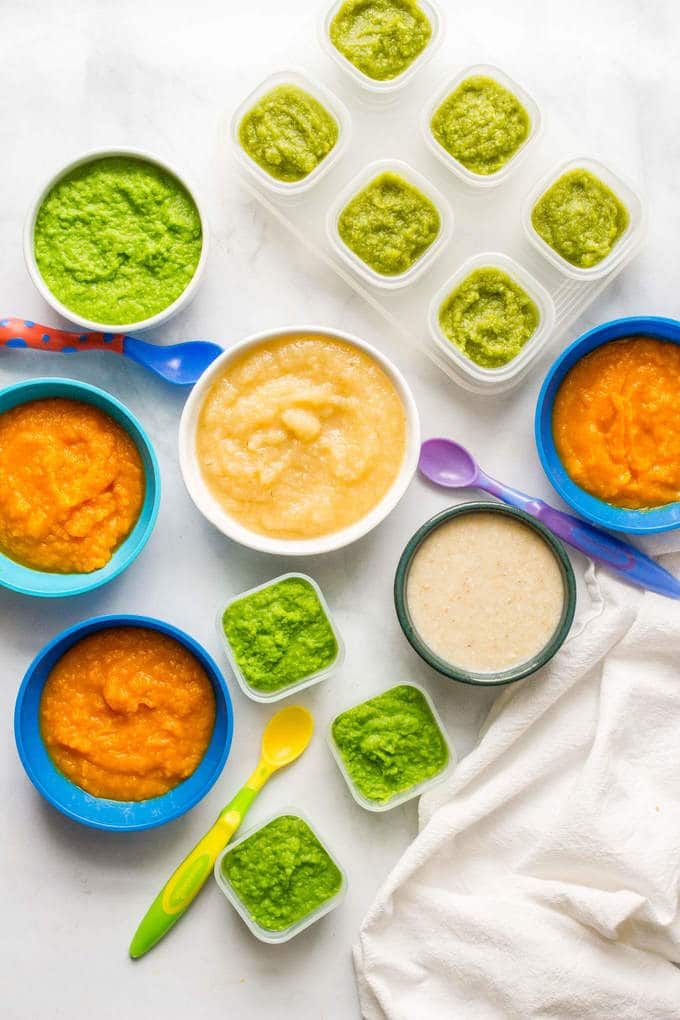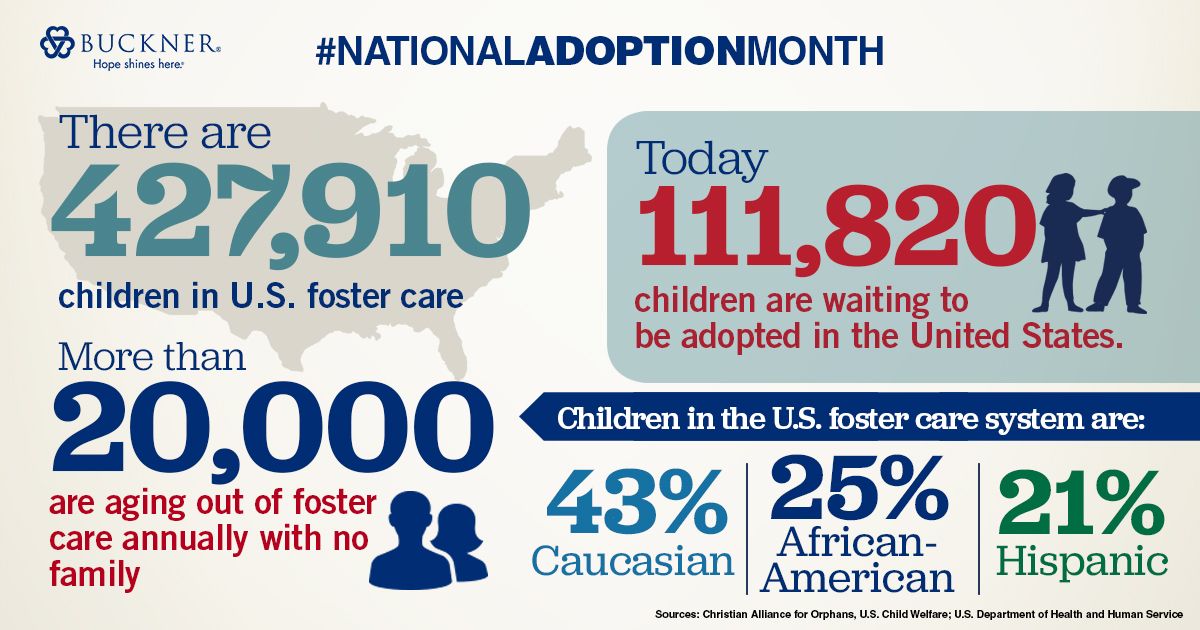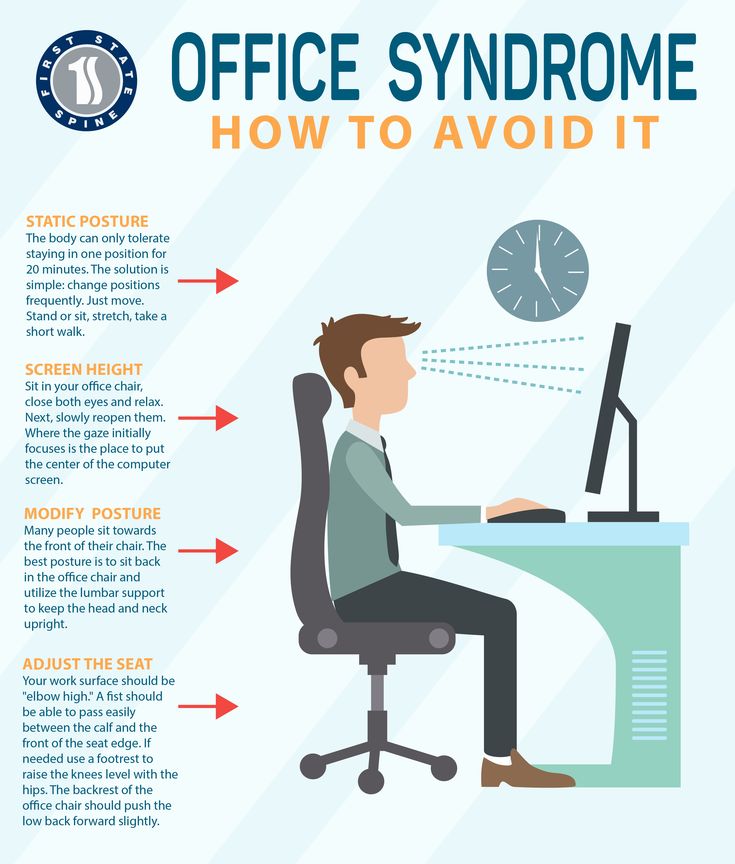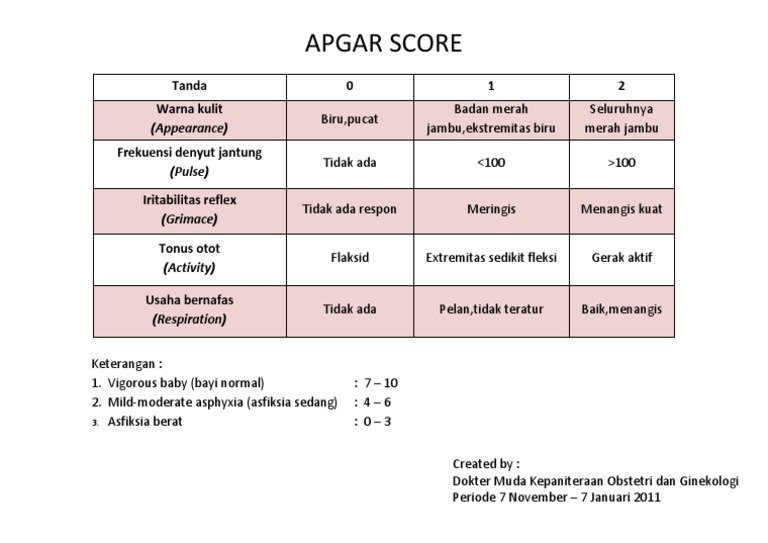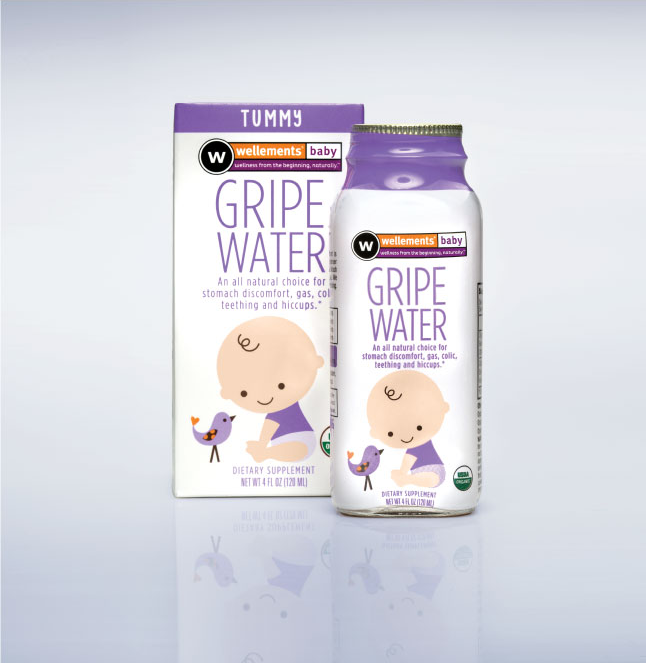Highly allergenic foods for babies
Common food allergens and kids
Share:
Sharing new foods with your baby is an exciting milestone. Unfortunately, amongst the fun of watching your child experience new tastes remain questions and fears about food allergies. Recommendations of when to introduce certain foods seem to change often, and for many parents, it can be confusing to know what is best for your child at each age.
April Clark, registered dietitian with the Food Allergy Center at Children’s Health℠, offers tips on when and how to introduce the top allergenic foods.
How to decrease the chance of food allergies in kids
The eight most common food allergens include: cow’s milk, eggs, peanuts, soy, tree nuts, finned fish, shellfish and wheat (gluten). According to the FDA, they account for approximately 90% of all food allergies in the United States.
Previously, the American Academy of Pediatrics (AAP) recommended that the introduction of certain highly allergenic foods be delayed in high-risk children. However, the AAP now recognizes that early introduction of peanuts decreases the chance of developing peanut allergies. Clark recommends following new guidelines to slowly introduce allergenic foods after the addition of solid foods, which often occurs during a baby’s first 4 to 6 months.
Tips on introducing new foods
Clark recommends that any of the foods noted below should be introduced one at a time, and parents should carefully observe their child’s reactions. Foods should first be given as single ingredients – not as part of a recipe like eggs in a baked good. They can also be given with complementary fruits and vegetables that have already been proven safe.
If there isn’t an allergic reaction once a food is introduced, continue including it at least three times a week in your child’s meals to ensure the best results. There isn’t a firm deadline to stop serving the foods. Instead, Clark notes that a healthy, well-balanced diet should normally contain variations of these common foods.
- Cow’s milk (dairy) may be one of the first allergies to be noticed, as many formulas are made with milk. Unlike the other foods listed, experts recommend waiting until after age 1 to introduce cow’s (whole) milk into a child’s diet. Instead, Clark notes babies eating solid foods should try yogurt or cheeses.
- Eggs are an excellent source of protein for growing children. Clark recommends either scrambled eggs or pieces of hard-boiled eggs. Depending on the child, they may enjoy the squishy texture and prefer to feed themselves.
- Peanuts or peanut butter are another reliable source of protein. Do not give whole or even peanut pieces, as they can be a choking hazard; instead, peanut butter is a safer alternative, but the thick consistency can be difficult for most children to swallow. Clark recommends melting down the peanut butter with warm water or adding it to a fruit or veggie puree. If a child has severe eczema, and/or already has been diagnosed with egg allergy, they should be evaluated prior to peanut introduction.

- Soy is another allergy that is noticed early due to formulas with a soy base. Protein-packed tofu and edamame (soy beans) can be introduced when your child is ready. They are great options for self-feeding. Like cow’s milk, Clark says parents should not offer soy milk until after age 1.
- Finned fish and shellfish (shrimp, crab, clams, etc.) can be introduced as a puree around the 4 to 6-month mark, or in bite-size pieces once your child is ready. In addition to possible allergies, the AAP warns parents not to serve raw or undercooked items due to possible bacteria or viruses that can make your child seriously ill. Also, the AAP notes children shouldn’t eat more than 12 ounces of fish a week due to concerns about traces of mercury in fish or shellfish.
- Tree nuts (almonds, cashews or walnuts) follow the same guidelines as peanut and peanut butter above.
- Wheat (gluten) can be introduced as finger foods in teething biscuits, puffs and crackers that contain wheat.

Signs of a food allergy
Clark notes children with a first-degree relative (parent or sibling) with allergies are more likely to also have food allergies. Children (and their parents) who have a history of severe or recurring eczema and/or asthma are also at a higher risk to develop food allergies. If your child has any of these factors, you many want to consult your pediatrician for guidance on the best way to proceed.
Allergy symptoms and reactions can vary between children and may appear differently, depending on the age. Reactions can develop minutes after the food is ingested, or there may be a delayed reaction a few hours later. Clark cautions anyone can have a severe reaction at any time, and recommends following guidelines developed by Food Allergy Research & Education (FARE) to identify an allergic reaction. See FARE's list of symptoms here.
What to do if an allergic reaction occurs
Contact your pediatrician if your child has a mild allergic reaction and it is not an emergency. Call 911 immediately for severe and life-threatening reactions.
Call 911 immediately for severe and life-threatening reactions.
If you suspect your child has a food allergy, Clark recommends seeing a board-certified allergist to discuss your concerns. Bring any information about the food, the reaction and your family history to the appointment. The physician will likely take a detailed medical and diet history, and recommend appropriate testing that’s specific to your child’s symptoms and suspected food allergens. Your allergist will be able to manage the diagnosis and answer any questions. Specialists can also provide useful information like recipes and food allergy guidelines.
Download your guide to allergen-free lunches
Looking for tips to pack allergy-friendly school lunches? Download the Parents' Guide to Allergen-Free Lunches for kid-friendly recipes that are free of the top eight food allergens. Download now.
Learn more
Food allergy experts at Children’s Health can help with testing, questions and offer patient resources. Learn more about our program and services.
Learn more about our program and services.
For more information, please see the following additional references:
- Food Allergy Research & Education (FARE)
- Instructions for feeding peanut butter and recipes
- Additional information about introducing peanut butter
- LEAP study in the U.K. (Learning Early About Peanuts)
- Recommendations from the AAP for introducing food
Children’s Health Family Newsletter
Get health tips and parenting advice from Children’s Health experts sent straight to your inbox twice a month. Sign up now.
Most & Least Allergenic Foods For Babies With Allergies
Food allergies in babies are something that many parents worry about. Not only are they scary, but they can make introducing solids challenging. Food allergies in babies can also go undiagnosed for quite some time, leaving you confused about what may be leading to the symptoms your baby is experiencing.
While some babies may be at a higher risk of developing food allergies due to family history, some babies may have no greater risk at all and still experience an allergic reaction to certain foods.
In this article, we will explore how to know if your baby is allergic to certain foods and some of the most allergenic and the least allergenic foods for babies. We will also talk about food allergy testing and some steps you can take if your baby suffers from food allergies.
Is My Baby Allergic to Certain Foods?
So, maybe you have been suspecting a food allergy due to certain symptoms your little one is experiencing. Many mommas just have a gut feeling when something isn’t settling well with their child. For some moms, the first indication of a food allergy starts in infancy. If your baby is breastfed and experiences reflux, eczema, blood in their stools, or fussy behavior, there’s the potential for an underlying cow’s milk allergy if dairy is part of the mom’s diet.![]() The dairy can pass through breastmilk and cause allergic symptoms in a baby with a cow’s milk allergy.
The dairy can pass through breastmilk and cause allergic symptoms in a baby with a cow’s milk allergy.
Other babies don’t develop symptoms until moms start introducing solid foods. Again, gastrointestinal symptoms can arise, as can fussiness and irritability, eczema, and even some life-threatening reactions like anaphylaxis shock. There’s also a condition called FPIES which stands for Food protein-induced enterocolitis syndrome, which is a rare but severe food allergy that affects the gastrointestinal system. An FPIES reaction can cause intense vomiting, diarrhea, and even shock.
If your baby is experiencing any of these serious and potentially life-threatening allergic symptoms, it is crucial to get immediate medical attention and then follow up with a pediatric allergist to help identify the exact food or foods causing these symptoms.
Some other commonly seen symptoms of food allergies in babies include:
- Coughing
- Wheezing
- Difficulty breathing
- Facial, tongue, or lip swelling
- Rash
- Hives
Introducing Solid Foods to Babies with Food Allergies
If you suspect your baby suffers from food allergies or your baby has already been diagnosed, introducing foods can be challenging. However, working with a pediatric allergist can help you develop a safe plan for solid food introduction. It may also help to know the least allergenic foods for babies as these foods are less likely to trigger an allergic reaction. However, keep in mind that every baby is different, and a baby can be allergic to any food, whether it’s on this list or not! This is especially true for babies suffering from FPIES, so always speak with your doctor first.
However, working with a pediatric allergist can help you develop a safe plan for solid food introduction. It may also help to know the least allergenic foods for babies as these foods are less likely to trigger an allergic reaction. However, keep in mind that every baby is different, and a baby can be allergic to any food, whether it’s on this list or not! This is especially true for babies suffering from FPIES, so always speak with your doctor first.
Keep reading because we will take a look at some of the least allergenic foods and the most allergenic foods in babies.
Understanding Allergies in Babies
Before we jump into the foods you will want to watch out for, there are some surprising statistics about infant food allergies that are important for every parent to know about. According to the Food Allergy Research and Education organization, 1 in 13 children have food allergies, and 30% of them are allergic to more than one food.
Food allergies in children are also skyrocketing. The CDC has estimated that food allergies in children have jumped up by 50% from the years 1997-2011. That’s a massive jump and something we need to be paying more attention to.
The CDC has estimated that food allergies in children have jumped up by 50% from the years 1997-2011. That’s a massive jump and something we need to be paying more attention to.
Many parents also wonder if their babies will outgrow their allergies. While many pediatricians tell parents that babies generally outgrow allergies to milk, the FARE (Food Allergy Research & Education) states that allergies to milk, eggs, wheat, and soy are generally resolved in childhood. Still, children are starting to outgrow these allergies at a much slower rate than what had previously been documented. This means that many children over the age of five have still not outgrown these allergies. Allergies to foods like peanuts, tree nuts, fish, and shellfish are generally not outgrown, and the child will likely have an allergy to these foods lifelong.
Another interesting area of research has shown that the season your baby is born may also play a role in their risk of developing a food allergy. Interestingly enough, a study found that babies born in Boston in the fall or the winter were more likely to have food allergies. So, what does this have to do with? It was hypothesized that this likely had to do with low UVB exposure and not enough vitamin D. This one study concluded that changes in exposure to sunlight and vitamin D might play a role in the development of childhood food allergies. Interesting, right?
Interestingly enough, a study found that babies born in Boston in the fall or the winter were more likely to have food allergies. So, what does this have to do with? It was hypothesized that this likely had to do with low UVB exposure and not enough vitamin D. This one study concluded that changes in exposure to sunlight and vitamin D might play a role in the development of childhood food allergies. Interesting, right?
Least Allergenic Foods for Babies
Now that we know a little more about food allergies in babies, let’s take a look at some of the least allergenic foods for babies. According to Dr. Sears, some of these foods include apples, avocados, broccoli, peaches, carrots, asparagus squash, sweet potatoes, rice, oats, chicken, turkey, lamb.
ApplesHomemade applesauce is often the very first food for babies. It is full of vitamin C and naturally sweet, so babies tend to love it! You can try using different varieties of apples to introduce new flavors.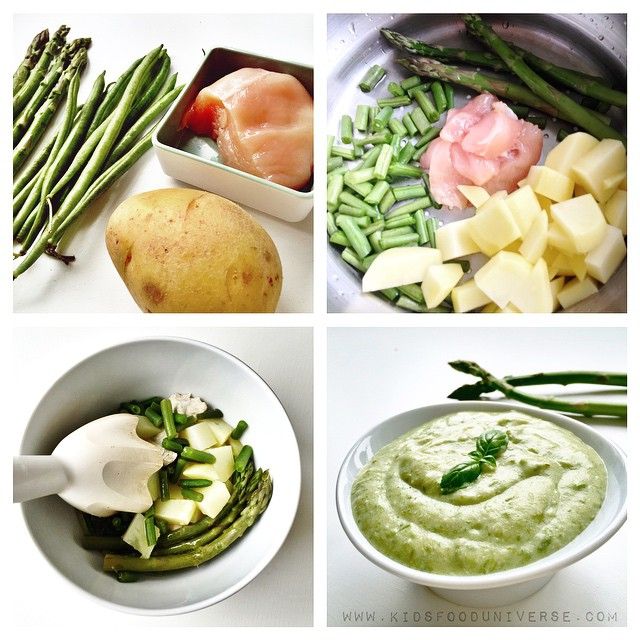 Homemade applesauce is also great for mixing with other fruits as well such as mangos and peaches.
Homemade applesauce is also great for mixing with other fruits as well such as mangos and peaches.
Another great fruit to start with are peaches. They are very sweet and can easily be made into a puree. They are also high in vitamin E, K, folate, and potassium.
AvocadosAvocados are another great first food. They are very high in monounsaturated healthy fats, rich in magnesium and fiber, and can be mashed for babies. Babies generally enjoy the mild flavor.
BroccoliBroccoli makes for a great first veggie. You can puree broccoli with some chicken broth for added flavor to provide your little one with fiber, folic acid, vitamin K, and C.
CarrotsCarrots are often a go-to veggie for parents. They have a mild but sweet flavor that most babies enjoy. Carrots can be puréed for little babies and then steamed and served with chicken or turkey for older babies ready for finger foods.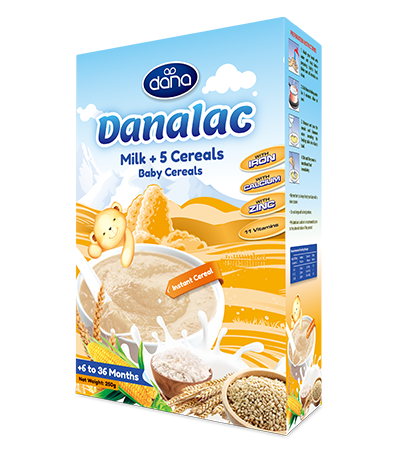 They are rich in beta-carotene, fiber, vitamin K, and potassium.
They are rich in beta-carotene, fiber, vitamin K, and potassium.
Butternut squash is a delicious vegetable to introduce your baby to. It makes a yummy puree and is packed full of fiber and vitamin B6.
Sweet PotatoesIf your baby likes butternut squash, they will likely enjoy sweet potato too. Sweet potatoes are rich in calcium, selenium, and B-vitamins making them an excellent addition to your little one’s diet.
Rice & OatsMany parents start with rice or baby oat cereal when starting solids. They are often fortified with iron and folic acid, but rice and oats are great additions in their whole and natural state when baby is older. Rolled oats mixed with banana and molasses is a great breakfast option for an added fiber and iron boost, and rice served with a protein like chicken or turkey also makes for a well-balanced meal for older babies who are ready for more solid foods.
ProteinsChicken, turkey, and lamb are generally considered to be low allergenic foods for babies.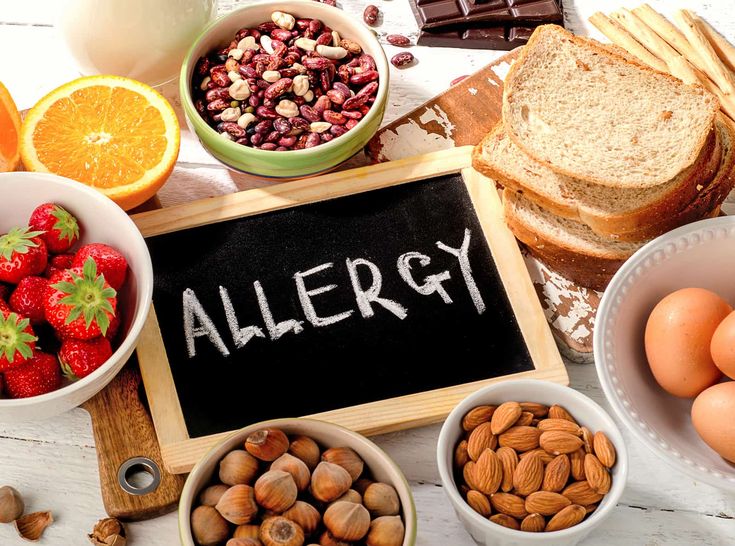 If tolerated, these proteins can be alternated in your baby’s diet and served with a veggie and carbohydrate for a balanced meal.
If tolerated, these proteins can be alternated in your baby’s diet and served with a veggie and carbohydrate for a balanced meal.
Most Allergenic Foods for Babies
While some foods are generally well-tolerated, a handful of foods are commonly known to trigger allergic reactions. According to Dr. Sears, some of the most allergenic foods for babies include:
- Peanuts
- Nuts
- Coconut
- Eggs & egg whites
- Dairy
- Soy
- Wheat
- Shellfish
- Yeast
- Citrus fruits
- Corn
- Peas
- Tomatoes
- Pork
- Mustard
- Cinnamon
- Chocolate
- Berries
- Buckwheat
If your child suffers from food allergies, it may be best to avoid these foods until you work with an allergist to determine a plan to avoid introducing foods your child may react to.
What to Do If You Suspect a Food Allergy
So, what do you do if you suspect your baby has a food allergy? First, you will want to avoid that food.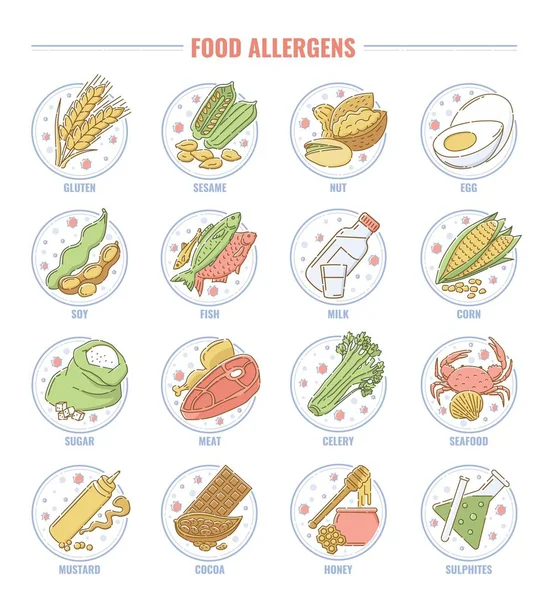 Do not introduce the suspicious food or any other highly allergenic foods to your baby’s diet until you speak with your pediatrician.
Do not introduce the suspicious food or any other highly allergenic foods to your baby’s diet until you speak with your pediatrician.
There are also specific food allergy tests a pediatric allergist can perform to really pinpoint what foods are causing issues. These tests include a skin prick test which is often combined with blood work.
While baby food allergies are very scary, working with the right medical team and knowing exactly what foods to avoid can help make the transition to introducing solid foods a little less stressful.
Menu for an allergic child
In the practice of a pediatrician, one often comes across the concept of "allergy". And in the first place in children is food allergies. Parents of babies are often confused and do not know how to properly introduce complementary foods, what to feed the baby and how to prepare food for an allergic child. Let's figure it out.
Allergy is an immune system reaction to an allergen (a substance that the body perceives as foreign or potentially harmful). Food, pollen, plant seeds, and so on can act as an allergen. A reaction can occur almost immediately after taking a product to which the child is hypersensitive. But in some cases, allergies can be delayed and appear after some time.
Food, pollen, plant seeds, and so on can act as an allergen. A reaction can occur almost immediately after taking a product to which the child is hypersensitive. But in some cases, allergies can be delayed and appear after some time.
The most common manifestations of food allergy are on the skin: various rashes, excessive dryness, redness or itching. Parents call these manifestations "diathesis", but such a diathesis can gradually develop into atopic dermatitis, which is also called allergic.
Other allergic manifestations from various organs and systems may also be present. The most likely symptoms from the digestive tract: abdominal pain, regurgitation or even vomiting, bloating or intestinal colic, constipation or loose stools. Children with food allergies are often diagnosed with dysbacteriosis.
The respiratory system suffers less frequently from allergies. Respiratory tract symptoms may include allergic nasal congestion, difficulty breathing.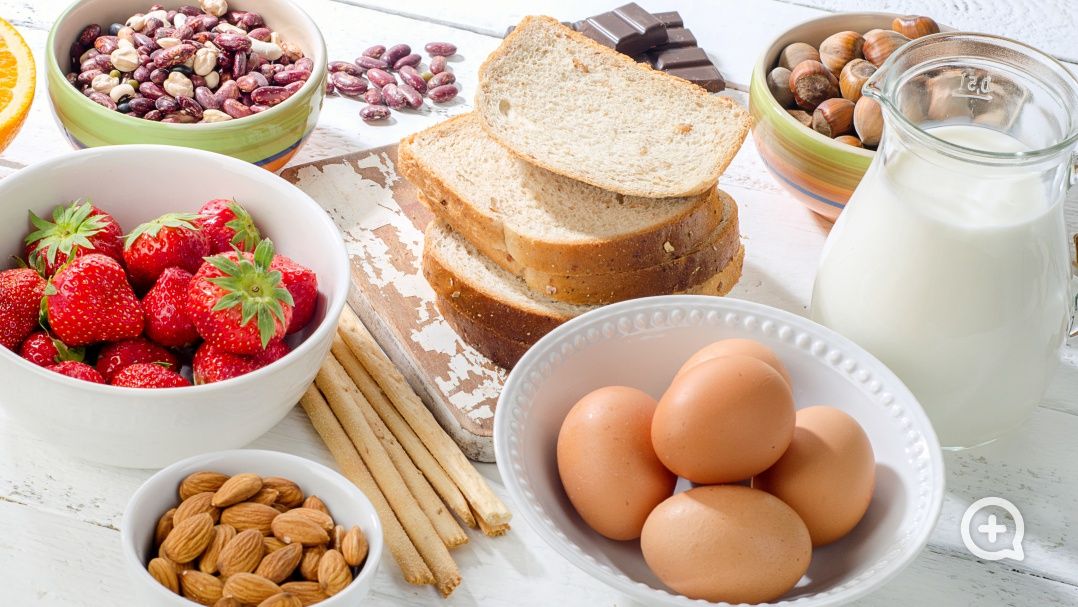 Quite often, allergies have mixed manifestations, for example, on the skin and on the part of the respiratory tract, or damage to the skin and gastrointestinal tract.
Quite often, allergies have mixed manifestations, for example, on the skin and on the part of the respiratory tract, or damage to the skin and gastrointestinal tract.
A food allergy can occur from the first months or even days of a baby's life. The appearance of allergies can be explained by the imperfection of the digestive tract, intestinal infections suffered at an early age. Allergies can be caused by malnutrition of the mother during pregnancy or during breastfeeding. In addition, an early transfer of a child to artificial nutrition with unadapted mixtures or whole cow's milk can provoke an allergy. The cause of the development of allergies can also be overfeeding the baby. With regular overeating, allergies can occur even to the simplest foods. An early exposure to highly allergenic foods, such as chocolate, can also lead to the development of allergies.
Almost any product can cause an allergy. But there are also the most common allergens, which are divided into three main groups. First: eggs, fish, meat broths from any kind of meat, seafood, caviar, strawberries, tomatoes, carrots. the second group includes: whole milk, some dairy products, chicken, beef, rice, peas, beans, beets, potatoes, peaches, bananas, cherries, cranberries, black currants. The third group - products with low allergenicity: fermented milk products, turkey meat, zucchini, squash, cucumber, green varieties of pears and apples, white or red currants.
But there are also the most common allergens, which are divided into three main groups. First: eggs, fish, meat broths from any kind of meat, seafood, caviar, strawberries, tomatoes, carrots. the second group includes: whole milk, some dairy products, chicken, beef, rice, peas, beans, beets, potatoes, peaches, bananas, cherries, cranberries, black currants. The third group - products with low allergenicity: fermented milk products, turkey meat, zucchini, squash, cucumber, green varieties of pears and apples, white or red currants.
Whole cow's milk is one of the most important allergens in babies during their first years of life. Milk contains protein components - casein, albumin and others that act as antigens. But allergic reactions to dairy products can also occur in babies who are breastfed if the mother drinks too much cow's milk. When using fermented milk products, an allergy in babies, as a rule, does not occur, since these products have a low allergenicity.
When introducing complementary foods, parents encounter another highly allergenic product - chicken egg protein or eggs of other birds (the yolk is less allergenic). Often, a child with protein intolerance develops susceptibility to chicken meat and broths.
Of the legumes and cereals, the most allergenic are wheat, rye, to a lesser extent - rice, oats, buckwheat, which do not include gluten. It was previously believed that soy allergy is quite rare in babies, but now a jump in food allergy to this plant is being recorded, since soy products are quite often used as substitutes for milk and dairy products and are added to sausages and confectionery.
Children can also be allergic to seafood. Since fish allergens are practically not destroyed by heat treatment. It is believed that sea fish provokes allergies more often than river fish, but each child with allergies is different.
There are many products that contain various additives (colors, emulsifiers, flavors, etc.). Such products include non-adapted ("adult") yoghurts, fruit juices, instant soups and cereals, carbonated drinks. Children with food allergies should avoid these treats for as long as possible.
Young children are more likely to develop polyvalent (multiple) food allergies . Cross-reactions to foods are of great importance. The most striking example here is a food allergy to milk, as a result of which the child develops intolerance to cottage cheese, cream, sour cream and other dairy products. If you are allergic to apples, you may experience reactions to pears and quince.
Diet therapy is an integral part of allergy treatment. If the baby receives only breast milk and he has a food allergy to cow's milk protein, then the mother's diet must first be adjusted. Specialized low-allergenic diets that mothers must follow throughout the entire period of breastfeeding will help.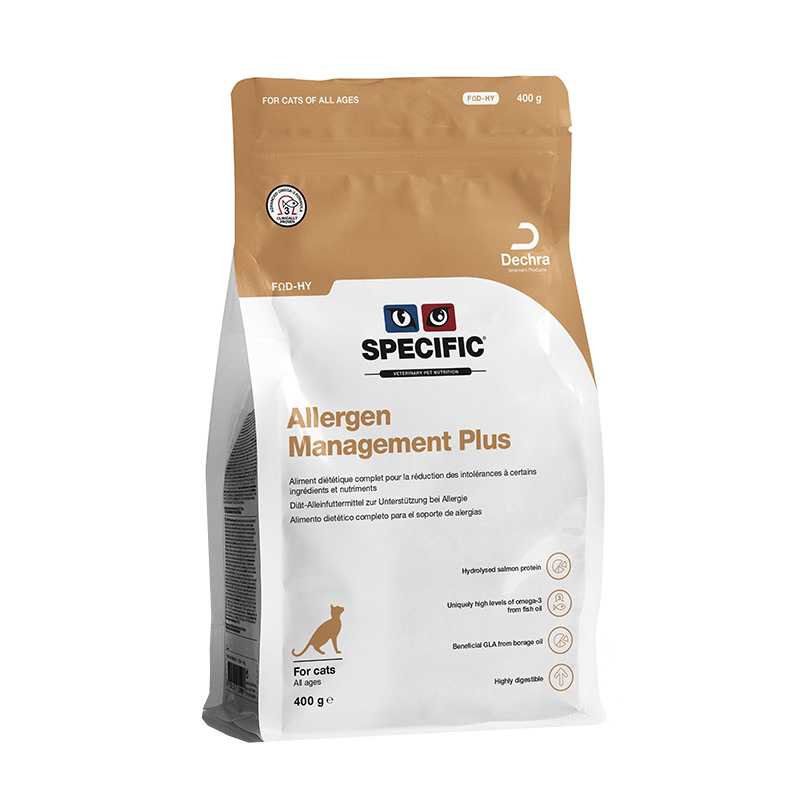
If the baby is formula-fed or formula-fed, breast-milk substitutes should be adjusted if a food allergy occurs. For example, transfer the baby to adapted sour-milk, soy formulas or mixtures based on goat's milk. It is better to change the mixture after consulting with the attending pediatrician or dietitian.
During breastfeeding, mom should not eat foods that are highly allergenic. Be careful with fruits and vegetables with bright colors - orange or red. The main diet of a nursing mother should be first courses, meat and fish dishes, dairy products. Meat and fish products should be cooked accordingly, preference is given to baked, stewed or boiled dishes. If a child has a reaction to any product, it should be excluded from the diet.
The question of when and how to introduce complementary foods to an allergic child confuses many parents. Pediatricians advise introducing complementary foods to babies with allergies later than the main schedule (about a month), but it is necessary to take into account individual food tolerance.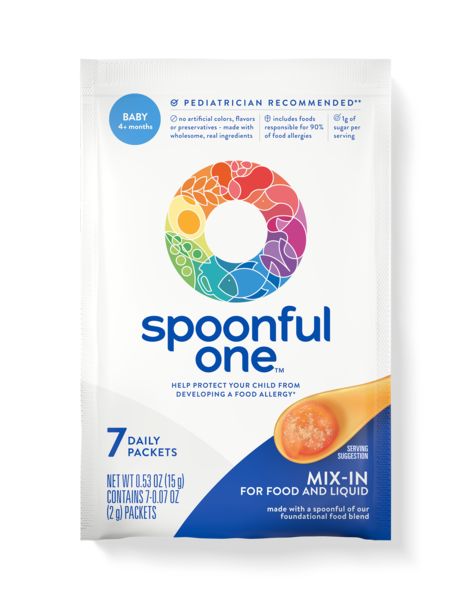
vegetable puree is ideal for the first feeding. For healthy babies, the introduction of complementary foods is recommended from six months, and it is better for allergic babies to start introducing adult food at seven months. For the first feeding, the most suitable products will be those that grow in the region where the baby lives and do not have a bright color. It is necessary to introduce vegetables into the diet of crumbs one by one and gradually. Each new type of complementary food is introduced within a few days until full volume is reached. Initially, the child should try one-component purees, gradually new ingredients can be introduced into them. Vegetable purees can be prepared independently from fresh or frozen products, or you can use specialized industrial-made canned children.
Second complementary foods are also introduced a month later - starting at 8 months. As a second food, you can use gluten-free cereals, prepared without adding milk.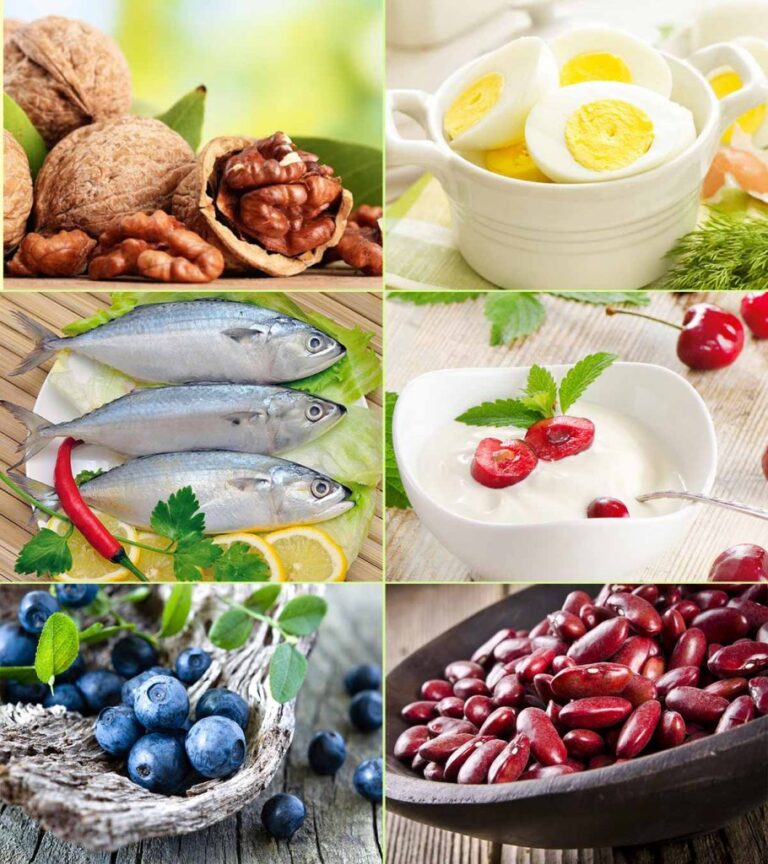 You need to add a little oil to the porridge, for example vegetable oil, but not more than 5 - 10 grams. When choosing dry baby cereals for an allergic child, you need to pay attention to the absence of gluten and milk in the composition.
You need to add a little oil to the porridge, for example vegetable oil, but not more than 5 - 10 grams. When choosing dry baby cereals for an allergic child, you need to pay attention to the absence of gluten and milk in the composition.
The third complementary food - meat puree - is introduced at 8-9 months. If a child is allergic to cow's milk protein, then there is a possibility of developing a susceptibility to beef meat. Therefore, as the first meat dish, it is better to offer the baby meat puree from rabbit, lean pork, horse meat or turkey. It is best to start meat complementary foods as part of a multi-component vegetable puree and strictly monitor the baby's reaction to new foods and each individual type of meat.
Fruit meals are best introduced from 10 months or later, depending on individual tolerance. When choosing the first fruit, you must follow some rules. Firstly, fruits should not be brightly colored, green is better.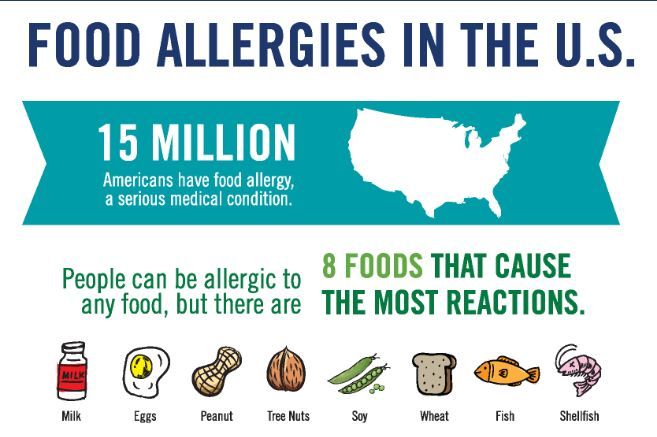 Secondly, offer the baby fruits that grow in the latitudes where he lives. Gradually, it is necessary to introduce bananas, pears, plums into the diet, each time carefully monitoring the reaction of the baby.
Secondly, offer the baby fruits that grow in the latitudes where he lives. Gradually, it is necessary to introduce bananas, pears, plums into the diet, each time carefully monitoring the reaction of the baby.
Highly allergenic foods (chicken egg white and yolk, sea fish varieties) should be completely excluded from the menu of a baby with food allergies until at least one year of age. Then start the introduction of allergenic products from quail eggs, and not from chicken.
In the preparation of food for children with allergies, there are some features that reduce the allergic properties of products. For example, sliced potatoes must first be soaked in cold water for 10-14 hours, during which time the water should be changed about 5-6 times. So starch and nitrates will come out of the potato.
Soak the grains for two hours to remove pesticides that are used to treat insects in cereals. When cooking meat, drain the first broth immediately after boiling, so hormones and drugs that were used to treat the animal are removed from the meat.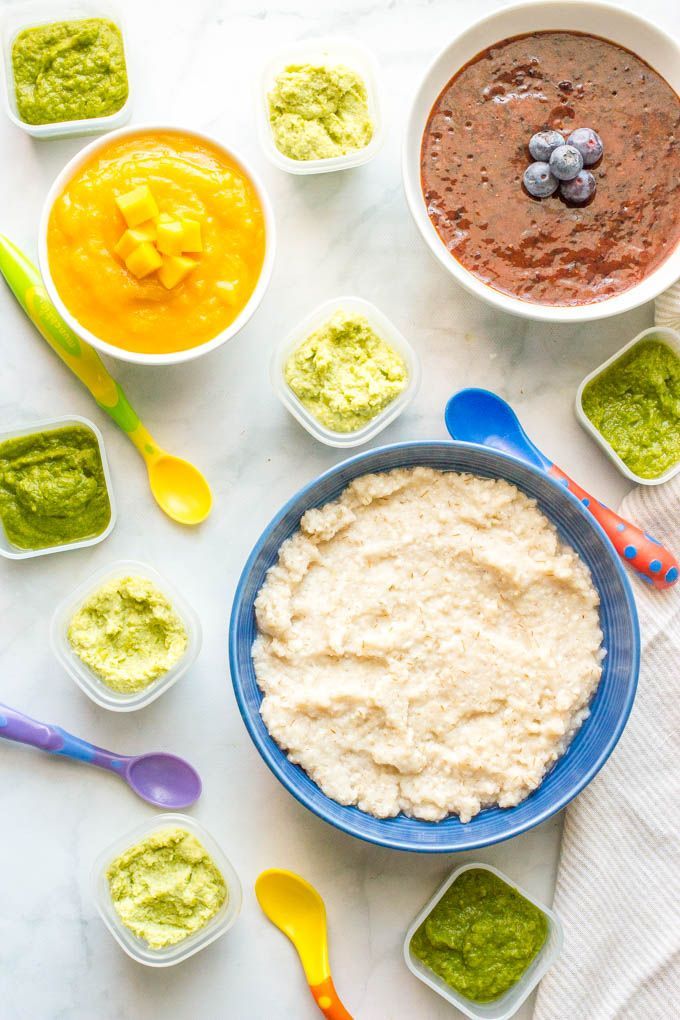
The best cooking methods for a child with allergies are steaming or boiling in water, stewing, baking. By the way, during the heat treatment of fruits, whether it be boiling or baking, their allergenicity does not decrease.
If an allergy occurs in children older than three years, it is necessary to adhere to a more rigid diet, since the diet is much wider in comparison with babies. Pediatricians recommend a phased diet, especially in the acute period.
At the first stage of , the child must follow a special diet for a couple of weeks - all allergenic foods must be excluded from the diet. While the child follows such a diet, an allergological examination is carried out to identify the allergen product. Parents at this time need to keep a food diary, where to write down what and when the child ate and what was the reaction to this product. Laboratory tests are also used - allergic tests with the detection of allergens in the blood.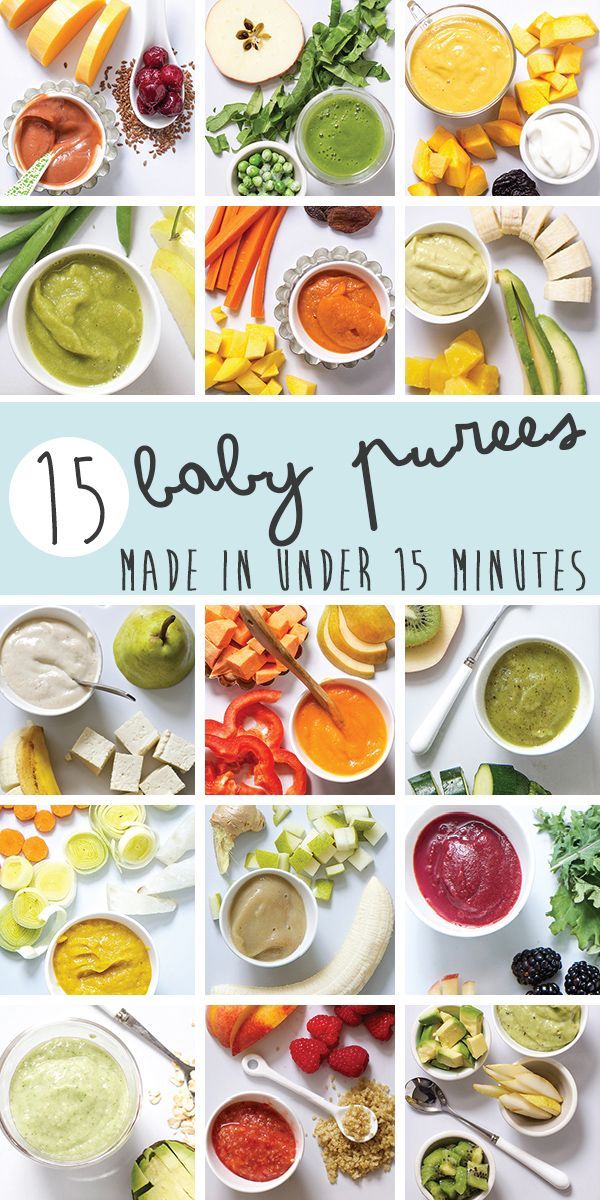
The second stage is the preparation of an individual diet taking into account the identified allergens. These products are completely excluded from the child's diet until there is a persistent absence of external symptoms of the disease, in most cases this takes 1 to 3 months.
If the signs of allergy have disappeared or at least decreased, it is necessary to start the third stage of diet therapy - expanding the diet. Prohibited foods are gradually introduced: one at a time, starting with small doses (no more than 10 grams per day). Only if there are no allergic reactions in the child, you can begin to introduce the next product according to the same rules as the first, carefully monitoring the reaction of the baby.
Alla Paretskaya, pediatrician
Published in Malyshok #12, 2012
Food allergy. Top allergenicity products
Food allergy (FA) is a food-induced pathological reaction that is based on immune mechanisms (specific IgE-mediated reactions, cellular immune response (non-IgE-mediated), or a combination of both - reactions of mixed type).
The so-called "big eight" food allergens include :
- cow's milk
- chicken egg
- peanuts
- nuts
- fish
- seafood
- wheat
- soy.
1. Cow's milk protein (CMP) is the main allergen in early childhood. PA to CCM manifests itself in the 1st year of life, accounting for 2-3% among infants. In the future, by the age of 3-5, approximately 80% of patients with PA weaken and by the age of 6 years, the incidence decreases to less than 1%.
Almost any protein component of milk can cause an allergy, but more often it is :
- β-lactoglobulin
- a-lactalbumin
- bovine serum albumin
- γ-8 globulins
- a- and β-caseins.
Milk of other mammals, including goat, also has allergenic properties.
2. In chicken eggs 13 allergens are determined. In children with an allergy to chicken egg proteins, by the age of 4, it weakens in 4%, and by 6 years - in 12% of cases.
In children with an allergy to chicken egg proteins, by the age of 4, it weakens in 4%, and by 6 years - in 12% of cases.
Allergies are often caused by soy or products containing soy protein. Allergy to soy manifests as an oral allergic syndrome, but in the case of concomitant sensitization to birch, consumption of untreated soy in such patients can provoke the development of anaphylaxis.
3. Peanut proteins contain a wide range of allergens: vicilin, profilin, conglutin, glycinin, etc.
Peanuts are widely used in the food industry and often become the so-called "hidden allergen". After frying and boiling, its allergenic properties are enhanced.
The nuts group includes:
- walnuts,
- pecan,
- pistachios,
- cashew,
- brazil nuts,
- beech nuts,
- chestnuts,
- hazelnut,
- almonds,
- macadamia nut etc.
Nuts - cashews, hazelnuts, walnuts, almonds, etc. contain proteins that have pronounced allergenic properties and lead to a cross-reaction.
contain proteins that have pronounced allergenic properties and lead to a cross-reaction.
4. Cereal proteins. Allergy to wheat gliadin, rye, barley and oat gluten, less often to corn, rice, buckwheat proteins. Sensitization to cereals usually develops no earlier than the second half of life against the background of the introduction of complementary foods. By age 4, more than 50% of children develop tolerance to gliadin. ⠀ 5. Fish and seafood . Thus, the heat-stable protein of sarcoplasm, M-protein of cod, when boiled, turns into a steam distillate, has a specific smell and becomes an inhalation allergen for sensitized persons.
Fish allergy does not tend to increase with age, persisting in adolescents and adults. In addition, fish and seafood allergens can cause severe systemic reactions when even an extremely small amount of the allergen enters the body.
6. Seafood with pronounced allergenic properties includes:
- crustaceans (shrimp, crabs, crayfish, lobsters)
- shellfish (mussels, scallops, oysters, squid, octopus, etc.
